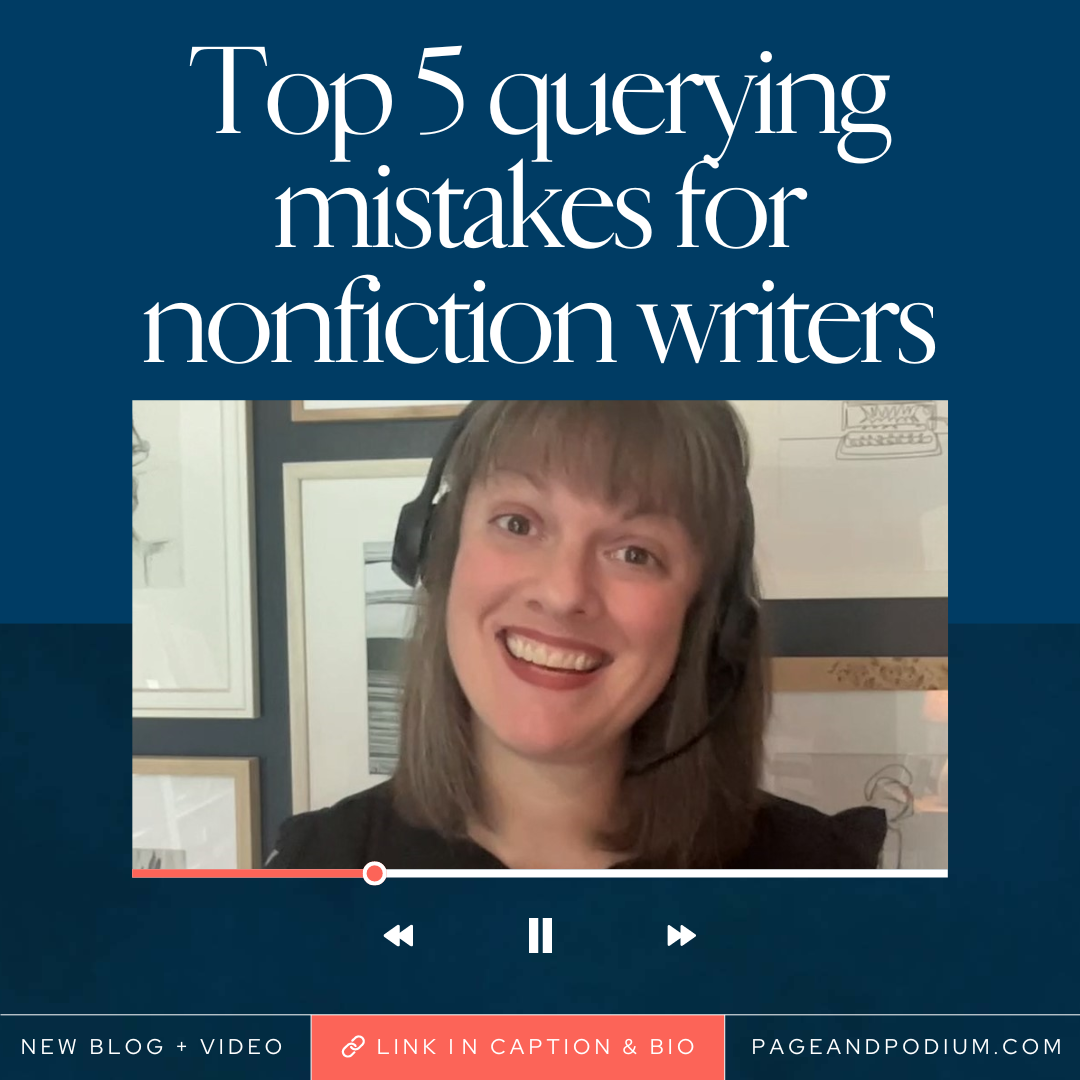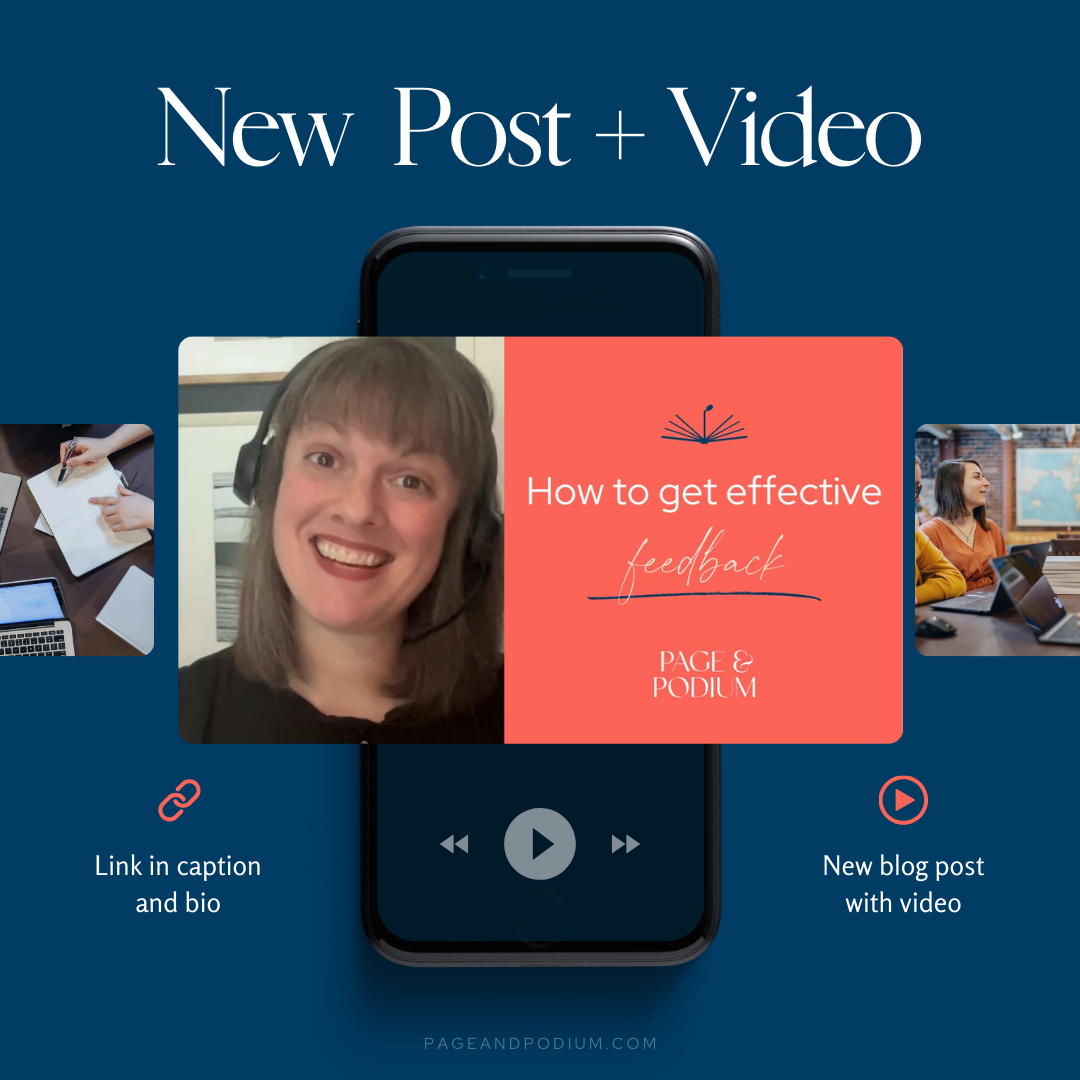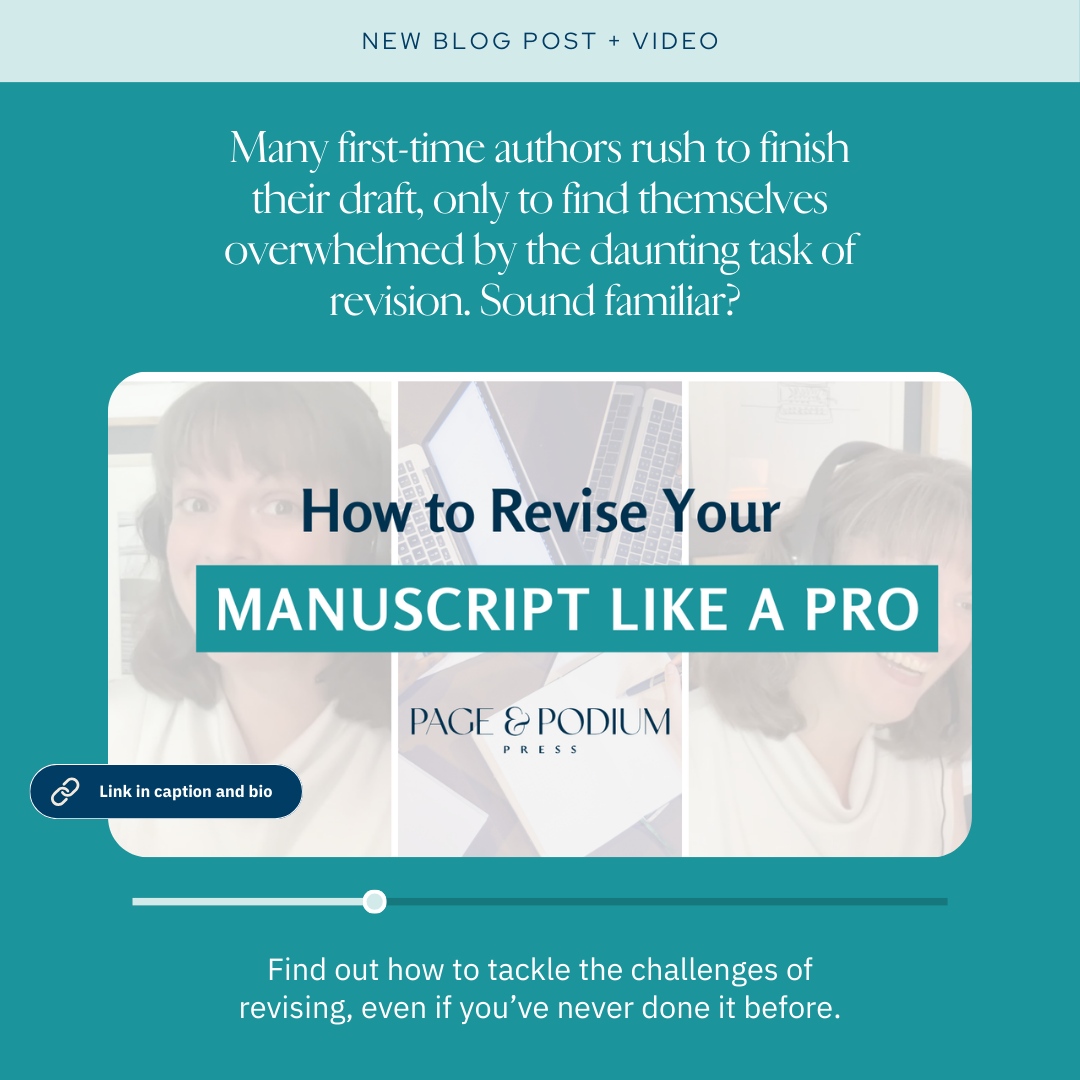Congratulations on completing your memoir! It’s an incredible achievement, and you should be proud of reaching this milestone. However, the journey to publishing your memoir can seem daunting with so many questions and uncertainties. Fear not! In this article, I’ll guide you through three straightforward steps to publish your memoir, regardless of your vision or the theme of your book.
Let’s dive in!

Getting Started With Your Memoir
Embarking on your memoir journey can feel overwhelming, especially if you’re unsure where to begin or what lies ahead. It’s a common challenge that many aspiring authors face—a lack of clarity that often leads to stalled projects and unfulfilled dreams. But fear not, because help is at hand. Our team has crafted the Memoir Method Checklist, a free resource designed to provide you with a clear, step-by-step roadmap from the initial spark of inspiration to holding your finished book in your hands. With this invaluable tool, available for download at pageandpodium.com/checklist, you can confidently navigate the writing process and bring your memoir to life.
Whether you’re considering hybrid, traditional, or self-publishing, the myriad options can leave you feeling overwhelmed and uncertain. That’s why we’ve distilled the publishing process into three essential steps. By focusing on these key elements, regardless of your chosen path, you can ensure the creation of a book that not only reflects your unique story but also resonates deeply with readers. With clarity and confidence, you’ll be well-equipped to share your memoir with the world and leave a lasting impact.
Three Essential Steps to Publishing Your Memoir
STEP 1 – REVISION
Now, I understand that what I’m about to say may sound disheartening for new authors, but trust me, it’s a crucial step in the journey. Once you’ve poured your heart and soul into that initial draft, there’s a sense of achievement mixed with exhaustion. It’s natural to feel weary of your own work by then. However, here’s the hard truth: every book requires revision, regardless of your experience level.
To streamline this process effectively, my top recommendation is to enlist the help of an editor. There are various types to choose from, but let’s focus on two key ones:
a. Developmental Editor:
Consider this your first stop. A developmental editor will meticulously comb through your manuscript, pinpointing areas where you need to enhance certain themes, identifying sections that may drag, and offering insights on pacing, detail, and reflection. They’ll address common issues typical of first-time authors, which many memoirists are.
b. Beta Readers:
While some opt for beta readers due to cost-effectiveness, they lack the industry insight that a trained developmental editor can provide. Beta readers offer valuable perspectives, but they may not catch all the nuances a seasoned editor would.
What you shouldn’t invest in at this stage are copy editing and proofreading services. Your focus should be on substantial revision based on feedback from your developmental editor or beta readers. This isn’t just about polishing sentences; it’s about revisiting and reshaping your narrative. Allocate ample time for this phase—several months, at least—because true revision is more extensive than it sounds.
Once you’ve revised your manuscript, you’ll be ready to embark on the next phase of your journey.

STEP 2 – CHOOSING YOUR PUBLISHING PATH
With your revised manuscript in hand, the next step is determining your preferred publishing path. Here, you have three primary options: traditional publishing, working with a small press, or self-publishing. Each avenue offers distinct advantages and considerations, allowing you to select the approach that aligns best with your goals and preferences.
a. Traditional Publishing with Big Publisher/Editor:
Traditional publishing offers access to extensive resources and distribution channels but can be competitive and challenging to break into.
If you aspire to work with renowned agents and major publishing houses like Simon & Schuster or Penguin Random House, your path will involve crafting a compelling book proposal. This multi-page document demands meticulous attention and may require professional assistance, such as hiring a ghostwriter or joining a group program like Memoir Method at Page and Podium.
b. Small Publishing House:
Opting for a smaller, more intimate publishing experience? Working with a small press provides a more personalized experience, fostering collaboration between authors and publishers. Unlike the large publishing houses where you might feel more removed, opting for a small press means closer collaboration. You’ll have greater input and direct communication with your editor, allowing for a tailored experience that aligns perfectly with your vision for your book.
Consider hybrid or independent publishers. Depending on your choice, you might still need a book proposal to query potential partners. At Page & Podium, we prioritize this personalized approach, guiding you through both the practical and mindset aspects of the publishing journey.
Take time to research and align with presses that resonate with your values and vision.
c. Self-Publishing or Working Directly with a Team:
If you’re keen on being fully hands-on with your publishing journey, assembling your own team is key. It’s like curating a dream squad to bring your book to life exactly as you envision it. Here’s my recommended lineup:
- Copy Editor: This expert ensures your story flows seamlessly, eliminating redundancies and clarifying any confusing parts. They adhere to style guidelines like the Chicago Manual of Style, making your manuscript polished and professional.
- Cover & Interior Designer: Your book’s appearance matters! Find a designer whose style resonates with yours. Discuss their process, whether they offer multiple design options, and what materials they need from you. If you need a special touch, hiring an interior designer is worth considering.
- Manufacturer: Decide how you’ll produce your book. For eBooks, platforms like KDP (Kindle Direct Publishing) work well. For print copies, options like KDP and IngramSpark are popular. Alternatively, working directly with a printer, like Kansas City Book Manufacturing, offers flexibility and local support. They’ll print as few as 25 copies or thousands, perfect for gifts or bulk orders.
Gathering your team upfront streamlines the process, ensuring everyone’s on the same page. Plus, it helps you manage deadlines effectively, making your self-publishing journey smoother and more rewarding.
I highly recommend delving into your printing options to ensure you choose the best fit for your needs. Consider the benefits of print-on-demand for immediate order fulfillment versus arranging bulk orders for promotional purposes or personal distribution. Additionally, explore the possibility of establishing your own distribution channels, especially if you have an online shop.
Next, it’s crucial to assemble your team of collaborators thoughtfully. Engage in thorough discussions with each member, finalize financial arrangements by paying their deposit, and establish clear timelines for project milestones. Since you haven’t set a release date yet, you have the flexibility to adjust your schedule as needed. Ensure you have the necessary skills and resources to effectively oversee the entire publishing process, which is typical in self-publishing.

STEP 3 – DEVELOP A MARKETING AND PROMOTION PLAN
So, let’s talk about the third step in our simple three-step publishing guide: creating your marketing and promotion plan.
Regardless of your chosen publishing path, effective marketing and promotion are crucial for reaching your audience and maximizing the impact of your memoir.
Now, if your goal is to collaborate with a big press or an indie press that requires a proposal, this step is a crucial part of the process. Proposals typically include sections dedicated to outlining your marketing and promotion strategies. While it’s true that larger presses offer robust marketing resources, authors are still responsible for promoting their work. They’ll want to know what your plan entails. If you’ve followed this route, you’ve likely already outlined your approach. However, it’s essential to ensure your plan covers the long haul, extending well beyond your publication date.
Your marketing and promotion plan should span from pre-publication all the way through the post-launch phase. This ongoing effort is what will sustain book sales and revenue long after your initial launch.
Final Thoughts
Alright, so we’ve covered these three steps. They may seem easier said than done, but they provide a solid framework. First off, focus on revising your manuscript with a developmental editor to ensure it’s in top-notch shape. Next, assemble your team, whether it’s agents, editors, or other publishing professionals. Finally, ensure you have a solid plan for marketing and promotion.
No matter who you’re collaborating with, whether it’s a big publisher or if you’re self-publishing, remember that you, as the author, are the biggest advocate for your book, especially in nonfiction. I believe in you!
Let me know if you found this helpful or if you have any other questions. I’m always eager to hear your suggestions for future videos. If you have a topic in mind, drop it in the comments section or simply reply if you’re reading this through our newsletter.
Stay tuned because we’ve got an exciting freebie offer coming your way soon.

If you’re harnessing the energy of spring to kickstart your memoir but feeling unsure about where to begin or worried about staying on track, I’ve got just the solution for you: the Memoir Method Checklist. Developed by my team, this resource draws on our years of experience writing numerous memoirs and guiding countless authors through their own journeys.
From nurturing that initial spark of inspiration to finally bringing your memoir to life, whether through self-publishing, traditional routes, or hybrid presses like Page and Podium, this checklist covers it all.
Grab your free copy at pageandpodium.com/checklist and once you’ve given it a whirl, I’d love to hear your thoughts. Share your experience, your book, and your writing journey with me. Here’s to happy writing!



